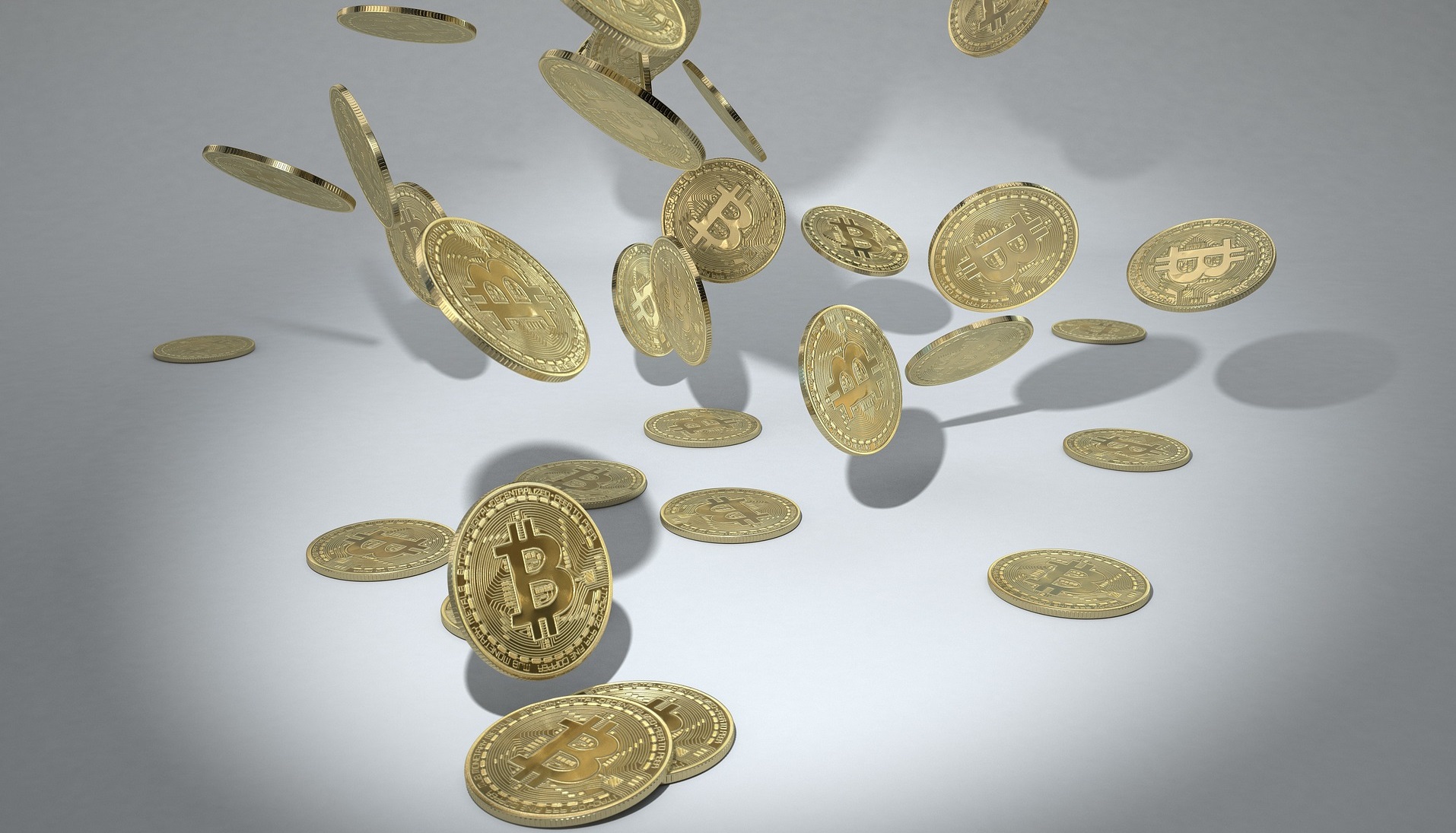Written by Zoe Wilkerson, Content Specialist, on behalf of Immediate Genesis.
The intersection of Bitcoin and the arts represents a ground-breaking fusion of time and creativity, presenting new avenues for artists, creators and audiences to have interaction with art within the digital age. In this article, we will delve into the impact of Bitcoin on the arts, find out its role in remodelling innovative industries, and observe the possibilities it holds for artists, creators, and the artwork market as a whole. One notable platform facilitating this symbiotic relationship is the-immediate-genesis.com, a pioneering trading platform renowned for its emphasis on safety and security.
Empowering artists with cryptocurrency
Decentralized funding and patronage:
Cryptocurrency offers artists the possibility to acquire investment and patronage, bypassing traditional gatekeepers and intermediaries. Platforms like Patreon, BitPatron, and Foundation allow artists to get direct help from funders and fans in the form of cryptocurrency donations, subscriptions, or tokenised royalties. By leveraging cryptocurrency, artists can get proper entry to international audiences, monetise their innovative artwork, and hold innovative independence without relying on traditional funding resources.
Tokenisation of paintings:
Tokenisation, facilitated through blockchain technology, allows artists to tokenise their artwork as non-fungible tokens (NFTs), representing possession and authenticity on the blockchain. NFTs permit artists to create unique digital belongings that may be offered, sold, and traded in decentralised marketplaces, such as OpenSea, Rarible, and SuperRare. The tokenisation of artwork democratises access to the art market, eliminates intermediaries, and gives artists new sales streams and monetisation possibilities.
Transforming art ownership and collecting
Digital collectibles and virtual art galleries:
Cryptocurrency has sparked the emergence of virtual collectibles and digital art galleries, wherein collectors can gather and exhibit digital paintings through the blockchain era. Platforms like Decentraland, CryptoVoxels, and Somnium Space allow users to shop for, promote, and display NFTs in virtual environments, creating immersive reviews for creators and artwork fanatics. Digital collectibles blur the boundaries between physical and virtual art, offering new styles of expression and interaction within the digital realm.
Fractional ownership and tokenised assets:
Cryptocurrency permits fractional possession and tokenisation of artwork property, allowing collectors to buy shares or fractions of high-priced works of art through blockchain based funding structures. Fractional possession structures like Maecenas and Fractional.Art allow traders to gain access to artwork markets previously inaccessible. By tokenising artwork, investors can diversify their portfolios, liberate liquidity, and democratise access to artwork investment possibilities.
Challenges and considerations
Market volatility and speculation:
Cryptocurrency markets are characterised by high volatility and speculative buying and selling, posing dangers for artists, and traders. Price fluctuations in cryptocurrencies, including Bitcoin, can have an effect on the value of artefacts and NFTs denominated in cryptocurrency, leading to uncertainty and marketplace instability. Mitigating the dangers related to marketplace volatility calls for cautious hazard control techniques and the diversification of funding portfolios.
Legal and regulatory compliance:
Legal and regulatory compliance is a key consideration for cryptocurrency-based general artwork transactions, as they want to stick to modern-day rules governing securities, taxation, and intellectual asset rights. Compliance with anti-money laundering (AML) and know-your-customer (KYC) are crucial in preventing illicit sports along with cash laundering and fraud. Art market individuals should be conversant with complicated felony frameworks and regulatory necessities to ensure the legality and legitimacy of cryptocurrency transactions.
Environmental impact:
The environmental effects of cryptocurrency mining, especially Bitcoin mining, have raised concerns about its sustainability and carbon footprint. The enormous energy requirements of Bitcoin mining should be addressed by transitioning heavily into renewable energy to mitigate environmental harm.
Conclusion
Bitcoin and cryptocurrency have revolutionised the arts, empowering artists, creditors, and buyers with new opportunities for revolutionary expression, possession, and funding. From decentralised investment and tokenised artwork to digital collectibles and fractional ownership systems, cryptocurrency has changed the way art is created, bought, offered, and professionalised in the digital age. While market volatility, regulatory compliance, and environmental effects persist, the transformative ability of cryptocurrency inside the arts gives interesting opportunities for innovation, inclusivity, and accessibility in progressive industries.
Investing in crypto assets may result in the loss of capital.
[Image CC by Matthias Wewering from Pixabay]

